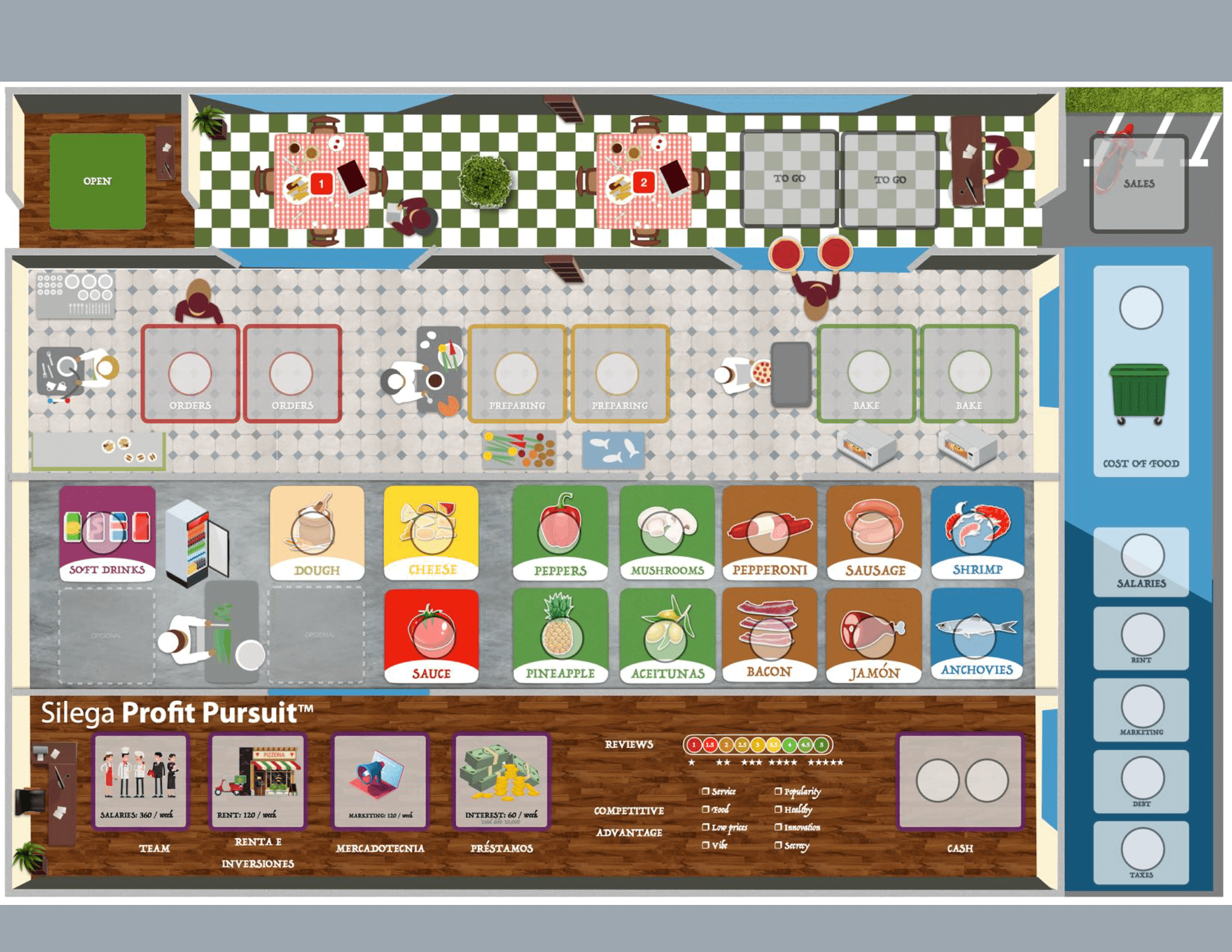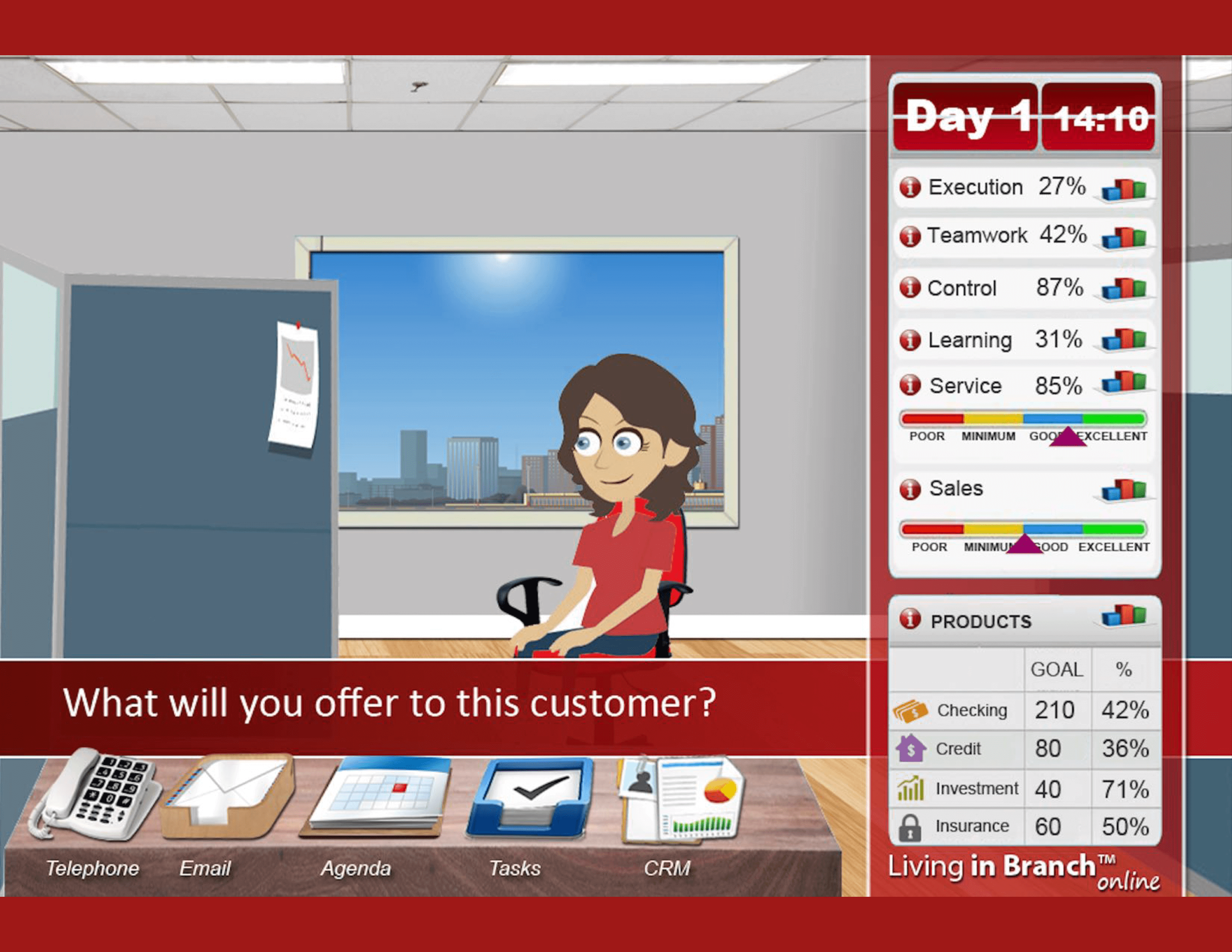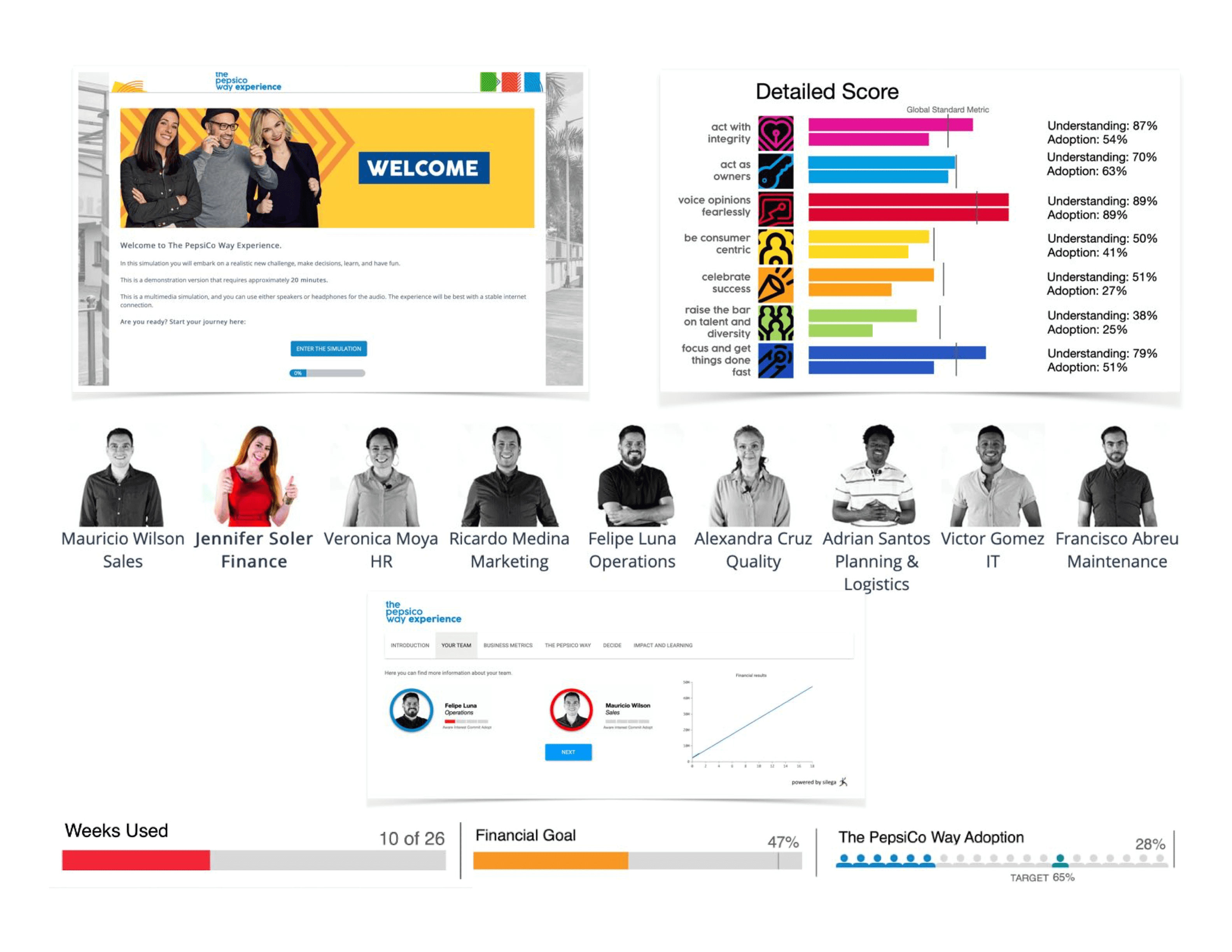BUSINESS SIMULATIONS for higher education –
Universities and Business Schools
How do you engage students in a one-prompt world?
Selected academic partners

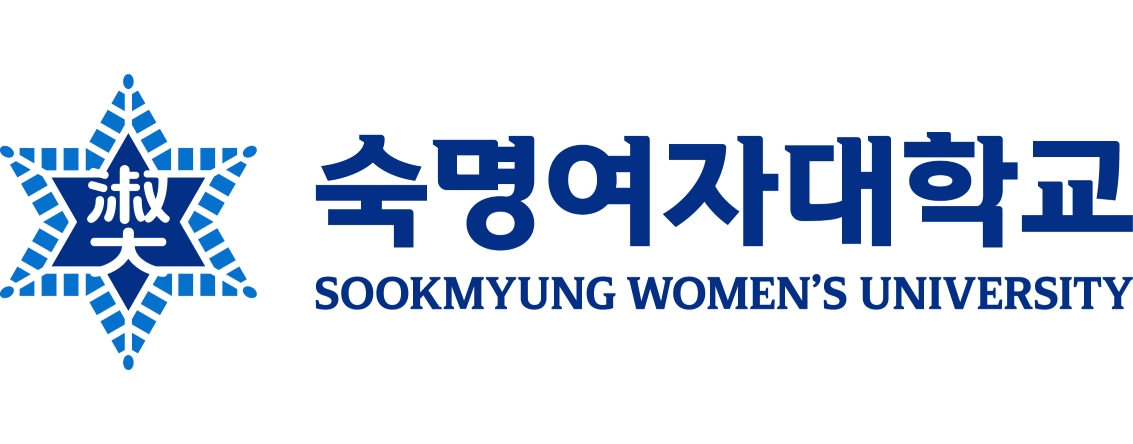


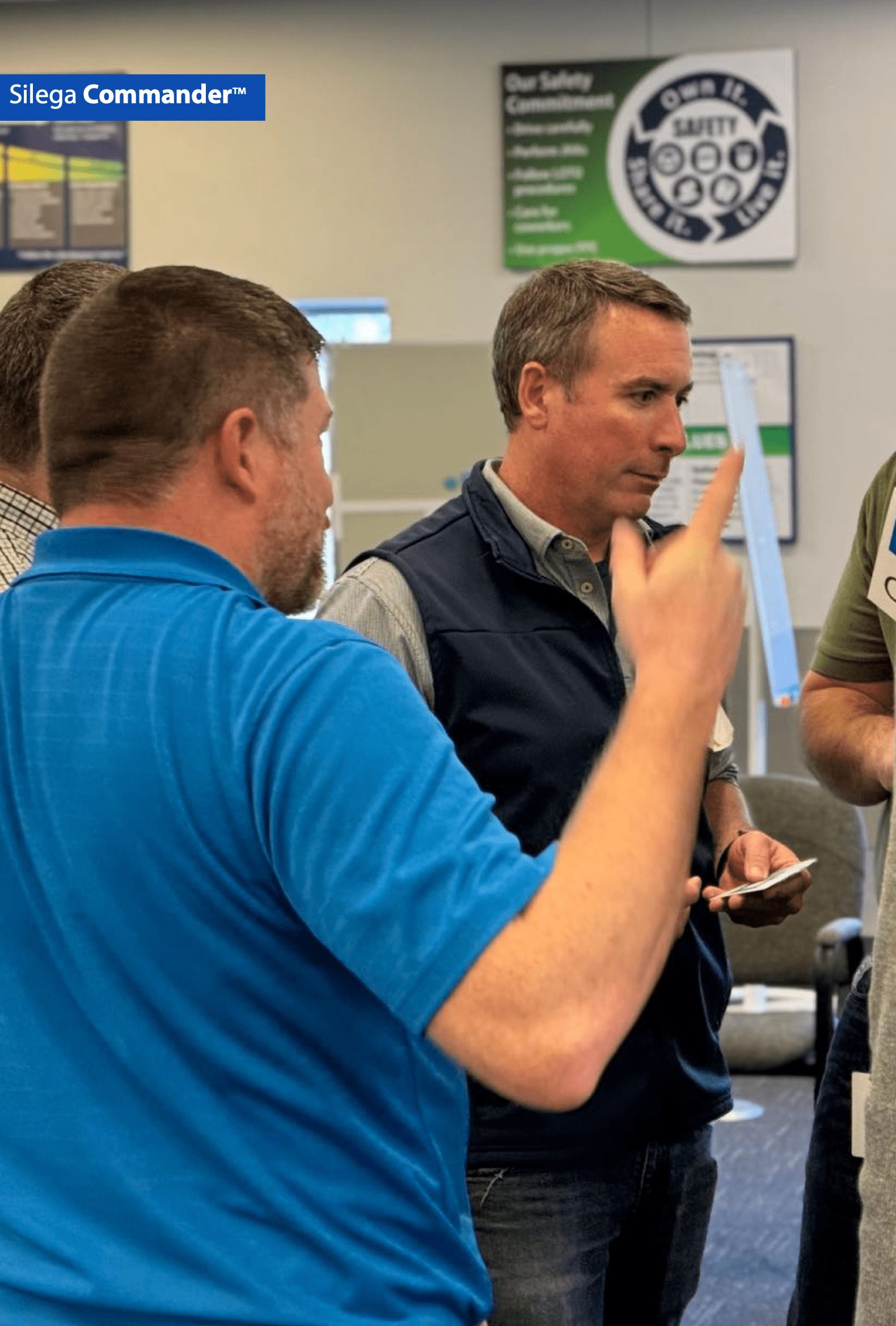
Captivating Learning
Traditional lecturing is losing the room. Gen Z expects to do, not just listen – and the evidence backs them up.
Across 225+ studies, active learning outperforms lecture with higher exam scores and far fewer failures.
Today’s students prefer interactive, applied environments and report stronger engagement in settings that let them practice, decide, and iterate – conditions that classic lecture rarely creates.
Layer in generative AI and the cracks widen: text-only assessments are increasingly vulnerable, pushing universities toward authentic tasks, simulations, and performance-based evaluations.
The market is signaling the same shift:
Employers prize problem-solving, communication, and strategic thinking – the integrative skills of running a business, not just operating tools.
Programs that win in this climate deliver applied learning that is flexible online or in person, closes the engagement gap, and differentiates credibly amid louder questions about the ROI of business education.
Silega’s business simulations answer that brief: a portfolio spanning Leadership to Financial Accounting, mapped to leading syllabi and built on the research behind experiential learning-used by Fortune 500 companies and leading universities, and designed to deliver measurable impact in as little as two hours, online or in person.
Why business simulations?
Provable learning efficacy
Peer-reviewed meta-analyses show that simulations and experiential learning outperform lectures on performance and retention.
Stable delivery at scale
Cohorts run smoothly with automated team formation, late-join handling, high uptime, and a low-bandwidth mode.
AI-era assessment integrity
Authentic in-sim tasks, branched versions, and reflective prompts protect integrity.
Transparent, credible content
Models are documented and cited, aligned to core subjects (strategy, finance, marketing, operations, leadership).
Frequently Asked Questions
Q: When in the semester should I apply the simulation?
A:Most courses use Silega sims mid-to-late term after core theory; for freshmen/primers, a short diagnostic run in Week 1–3 also works.
Q: Are simulations online, hybrid, or in-person?
A:All three: in-person (table-mat/board), browser-based Silega SimuLine™, and full-service online events via Silega PowerSim™.
Q: How long does a simulation run?
A:From 60–90-minute sprints to 3–4-hour labs or multi-round capstones spread across a week; you choose the pace.
Q: Do I or participants need to install a software?
A:No installs-our online sims run in modern browsers; in-person formats use physical kits we provide.
Q: How large a class can I run?
A:Anywhere from small seminars to 100+ students using multiple “markets/industries” running in parallel.
Q: Can a simulation be graded fairly? What do people grade?
A:Yes-combine performance metrics (KPIs), decision logs, and short reflections/presentations with rubrics to keep grading transparent.
Q: How easy is it to learn to facilitate a simulation?
A:Very-faculty get a quick start guide, teaching slides, a practice round, and live support; most instructors are ready after a short onboarding.
Q: Do sims support multiple languages?
A:Yes-English, Spanish, Portuguese, Mandarin, Arabic, and more; ask about your specific language.
Q: How do I align a sim with Assurance of Learning (AoL) & accreditation?
A: We provide AoL-ready rubrics and exportable evidence (direct + indirect) mapped to typical program learning outcomes.
Q: Can I integrate the sim in my LMS (Canvas, Blackboard, Moodle, Brightspace)?
A: Yes-via LTI links or simple grade exports (CSV); single-sign-on and gradebook passback are available on supported LMSs.
Q: How do I handle academic integrity (including AI tools/cheat sites)?
A: Use variable scenarios and per-team parameters, assess process (decision rationale) plus outcomes, and include brief oral or written debriefs.
Q: Can I customize the scenario to my syllabus?
A: Absolutely-tune complexity, timing, reports, and industry context; custom variants are possible for larger adoptions.
Q: What if I only have 60–90 minutes?
A: Run a single-round sprint with a focused debrief or use a micro- scenario designed for short sessions.
Q: Are sims mobile-friendly?
A: They run in modern browsers on laptops/tablets; phones work for most dashboards, though we recommend laptops for decisions.
Have more questions? Contact us-our team will help you pick and set up the ideal simulation for your course.
Business simulations and experiential learning
Universities and organizations rely on a wide spectrum of learning formats-from lectures and panels to outdoor challenges and escape rooms. To compare these options, we use the Engagement × Insight lens introduced earlier: do learners care (engagement) and do they change what they know or do (insight)?
Our comparative placement of methods is informed by peer-reviewed research on active learning, simulation-based instruction, problem/project- based learning, and coaching (see selected references). Results inevitably depend on design quality (clear objectives, feedback loops, assessment alignment) and facilitation (skilled debriefs, psychological safety, time on task).
Business simulations sit near the top-right of the map when they provide realistic decisions, immediate consequences, and structured debriefs. Well-designed simulations compress experience, surface causal links, and enable deliberate practice without operational risk.
Silega contributes to this tradition with academically grounded, field-tested simulations used by Fortune 500 companies and leading business schools.
We did not invent simulations; our work stands on a long lineage that blends war-gaming, systems thinking, operations research, learning sciences, behavioral change, mathematics, game design, and modern technology.
While “gamification” entered the vocabulary in 2002, the use of games for learning has centuries-old roots.
Outcome Source
Increased interest and awareness importance of skills. (Cousens et al, 2009)
Increased learning (knowledge and skills). (Tompson & Dass, 2000)
Positive impact on self-control and self-esteem. (Arias & Bustinza, 2009)
Students prefer simulation to textbook (Cook & Swift, 2006)
High or very high degree of learning (Battini et al, 2009)
Students think simulation is superior to traditional lecture-based teaching. (Li et al, 2007)
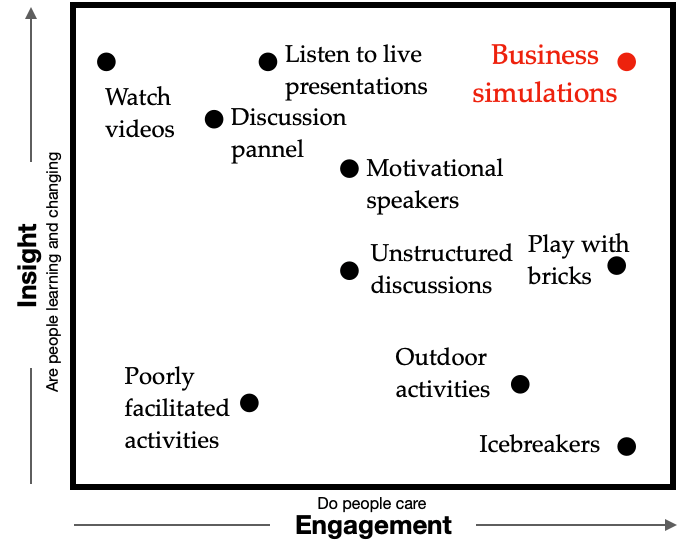
What kind of learning intervention are you planning?
Painkiller
High urgency, heavy information load. Can produce short-term compliance but low engagement and limited transfer to practice.
Candy
Entertaining and energizing, yet light on deliberate practice. Positive affect spikes but effects fade quickly unless tied to objectives and follow-up.
Placebo
Activity without a clear learning mechanism (goals, feedback, assessment). Low likelihood of meaningful outcomes.
Vitamin
Evidence-informed design with active practice, feedback, structured debrief, and post-class application. High engagement and durable learning.
How Simulations Work

| Stage | Experience | Awareness | Commitment | Change | Sustain |
|---|---|---|---|---|---|
| Main goal | Engage | Insights | Ownership | Challenge | Empower and reinforce |
| What is happening | Make decisions | Examine consequences, see the big picture | Create urgency | Apply immediately and quick gains | Transfer in real world |
| Example | Participate in a structured activity based on a mathematical model. | Debrief what are the results from the actions taken. Use analogies to link simulation with real world examples. | Plan how to use new knowledge in future situations. | Use new knowledge and improve performance. | Transfer and reinforce learning. |
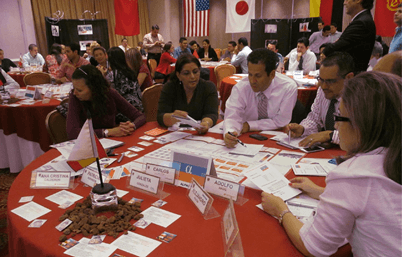 | Silega Cold War – Organizational behavior, team dynamics, conflict resolutionA team‑alignment simulation where students navigate trust, communication and inter‑departmental conflicts to achieve a shared mission. |
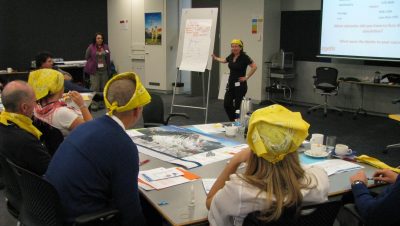 | Silega Expedition – Strategic management, operations planning, project management |
 | Silega Commander – Leadership, organizational culture, ethicsA leadership and culture simulation in which students manage multiple types of organizational “wealth,” align teams around a vision and practice ethical influence. |
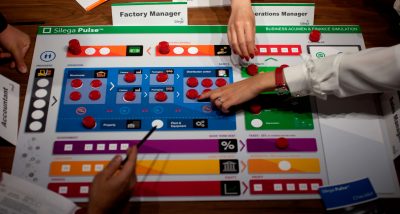 | Silega Pulse – Accounting, finance, business strategyA finance and accounting simulation that challenges students to run a company, interpret financial statements and make decisions that balance profit and cash flow. |
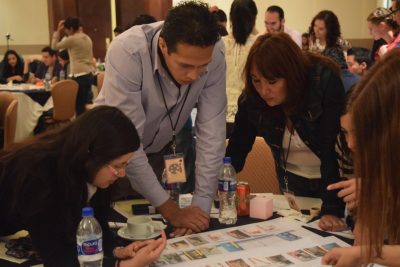 | Silega Innova – Innovation management, design thinkingAn innovation‑laboratory simulation where students use design‑thinking tools to generate, evaluate and implement creative business ideas. |
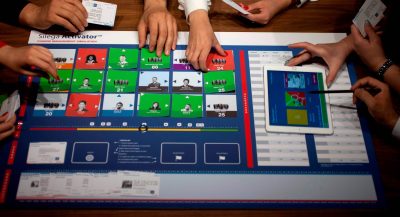 | Silega Activator – Change management, organizational developmentA change‑leadership simulation that lets students plan and lead technology, culture or restructuring initiatives while managing stakeholder communication and resistance. |
 | Silega Talent – Human resource management, people analyticsA talent‑management simulation where students apply evidence‑based HR metrics and people analytics to recruit, develop and retain high‑performing teams. |
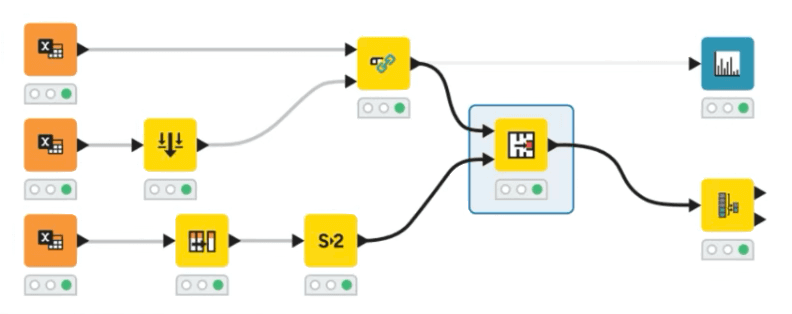 | Silega Insights – Data analytics, artificial intelligenceAn AI and analytics simulation that gives students hands‑on experience using machine‑learning and data‑visualization tools to drive data‑driven decisions. |
CUSTOM SIMULATIONS
Custom-Made and Special Programs
